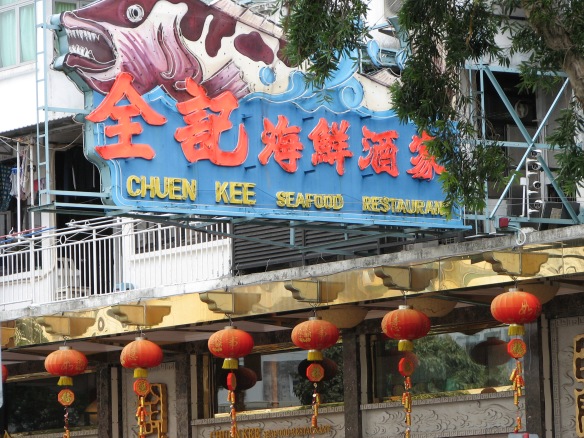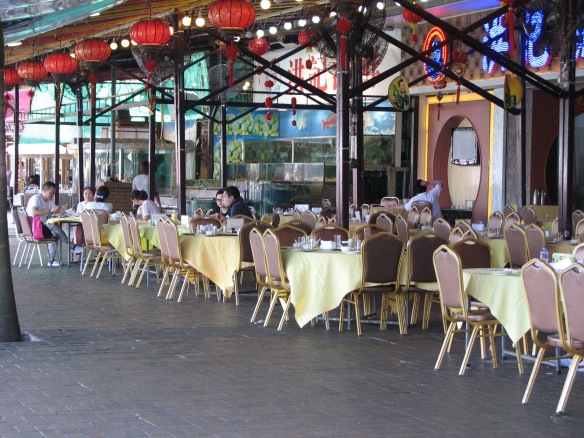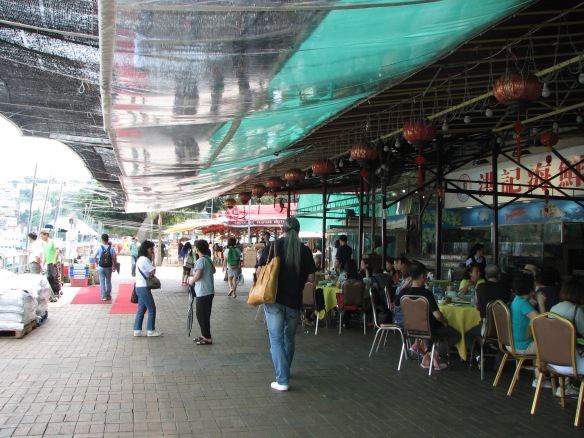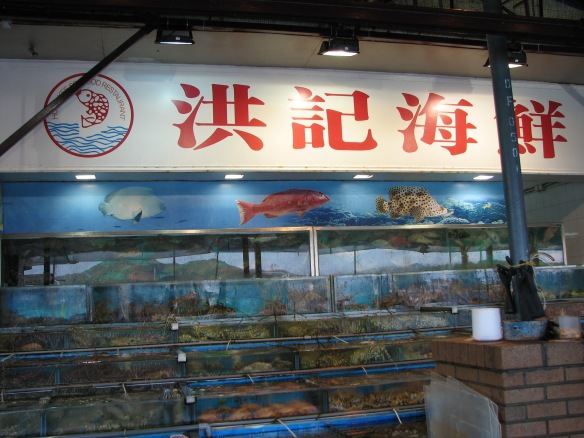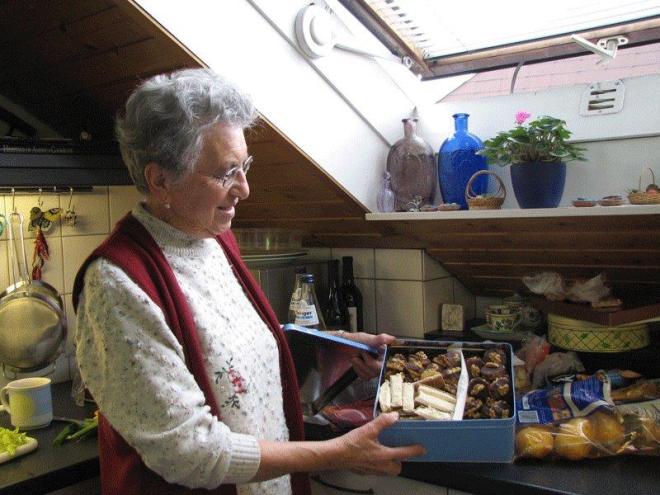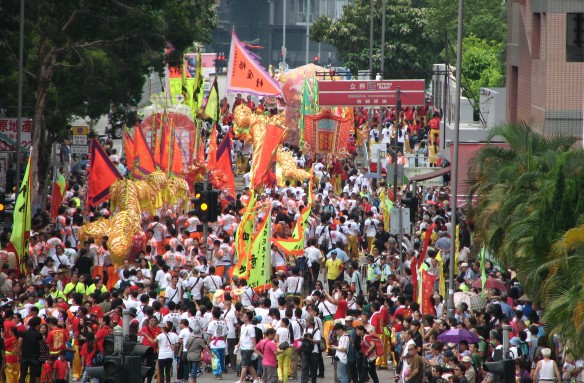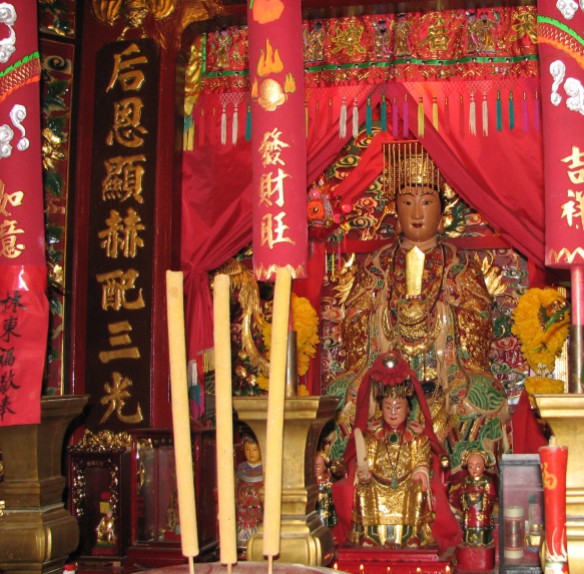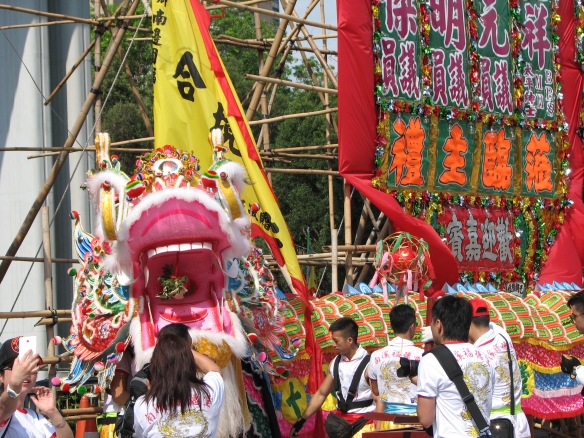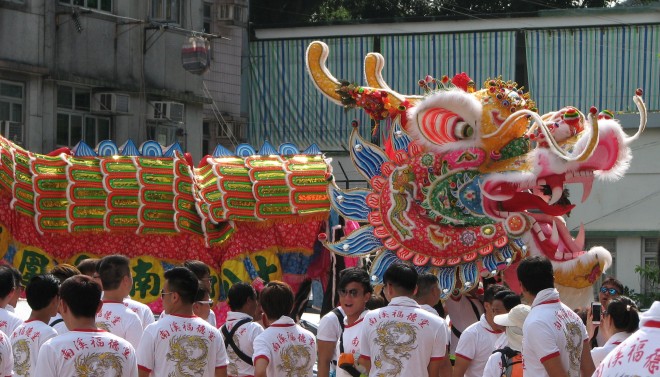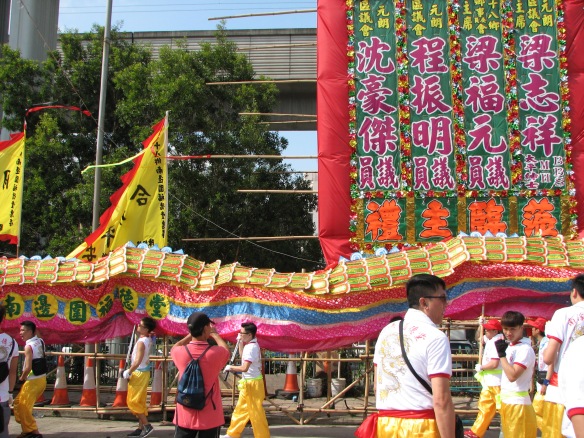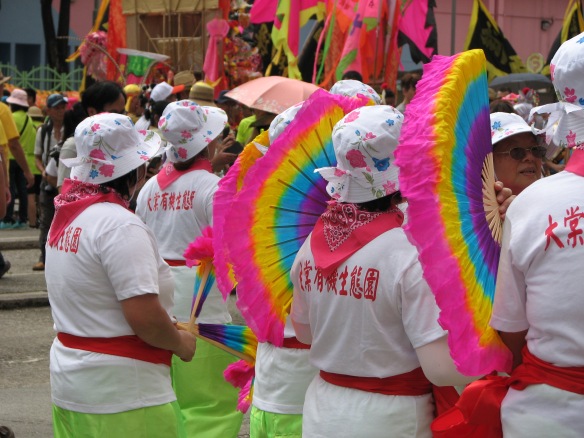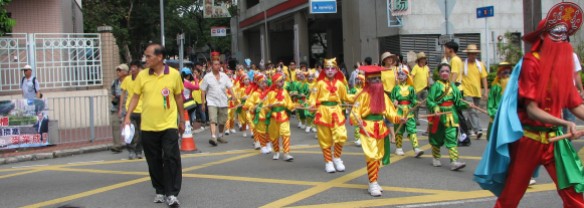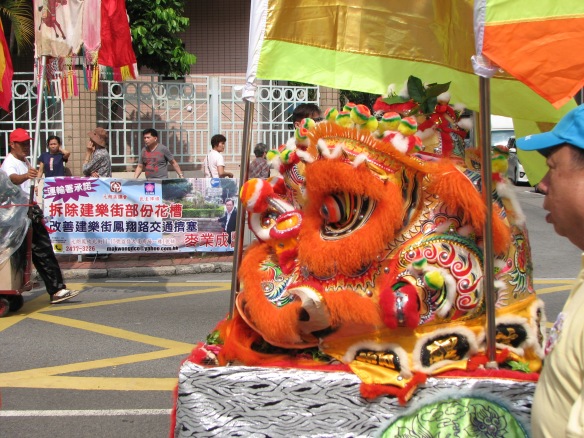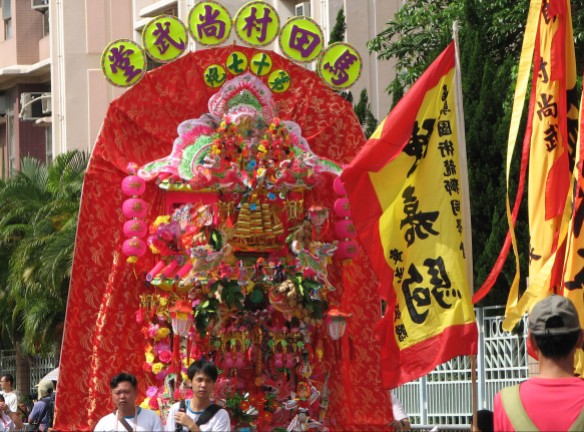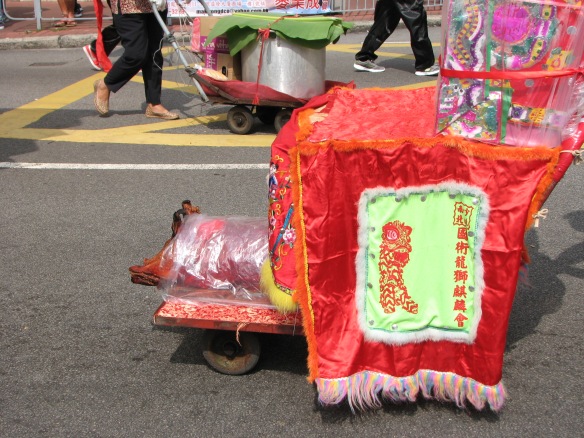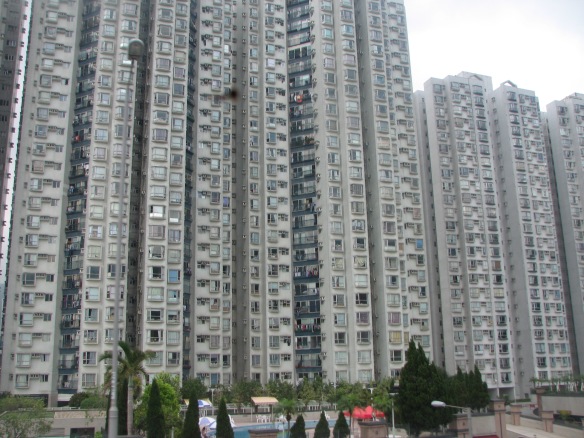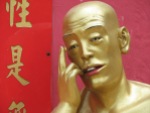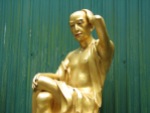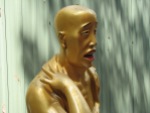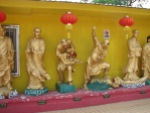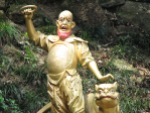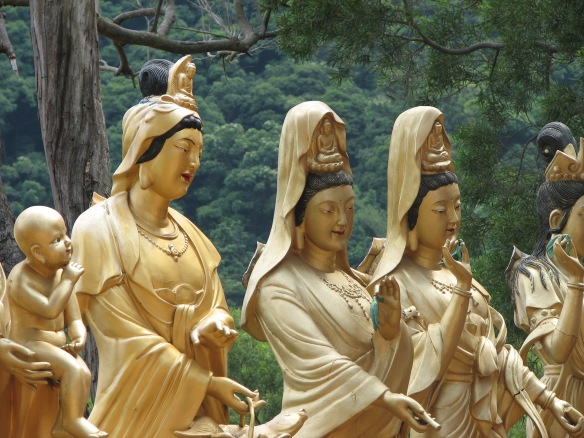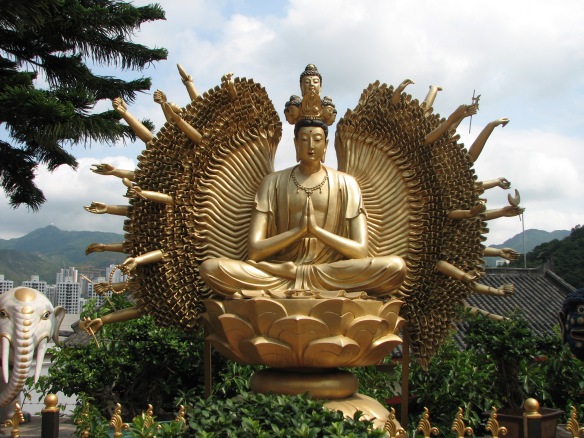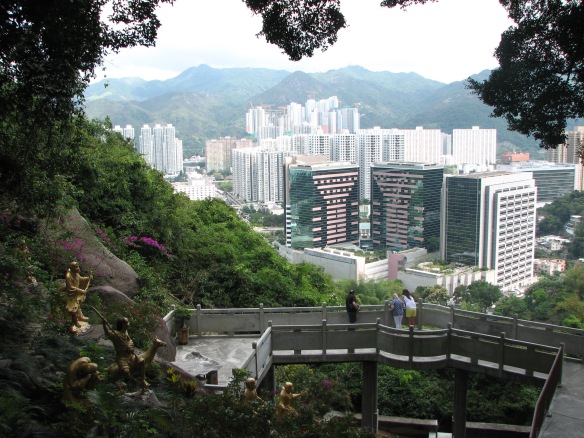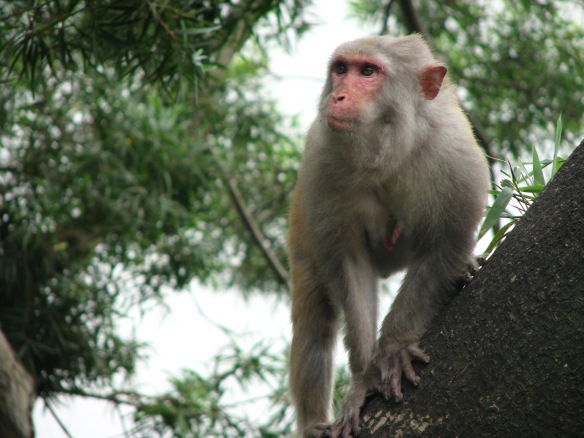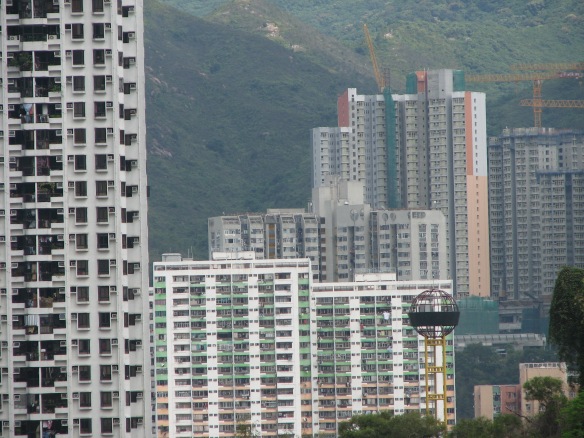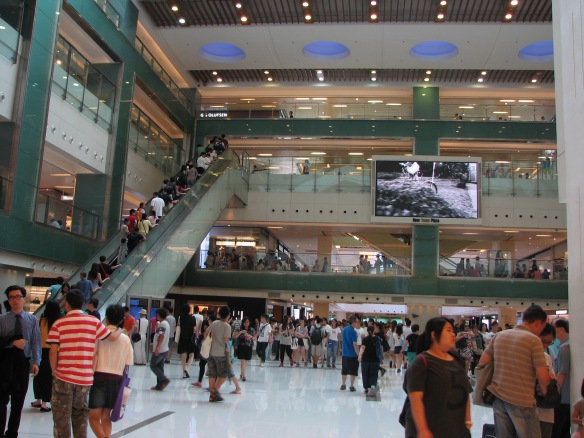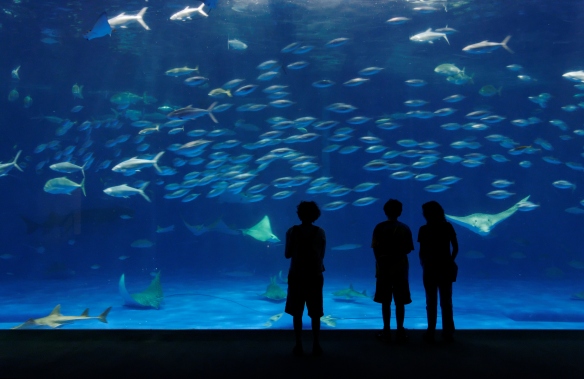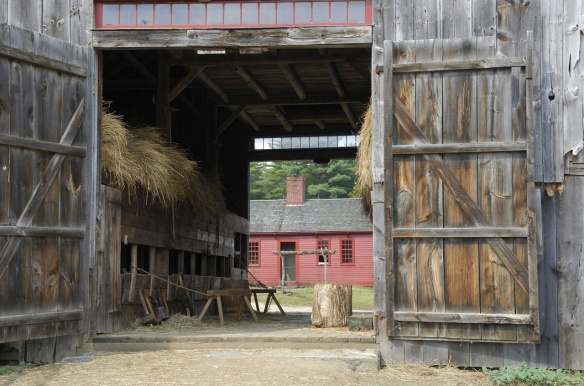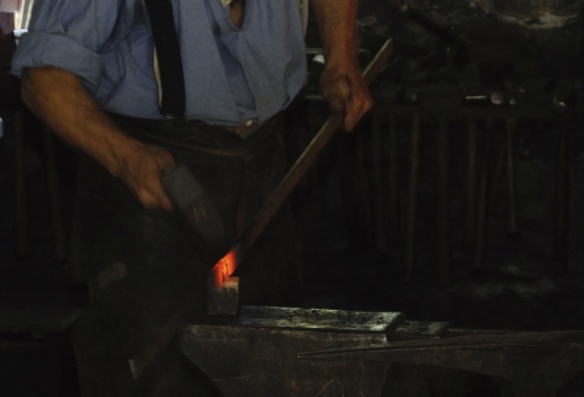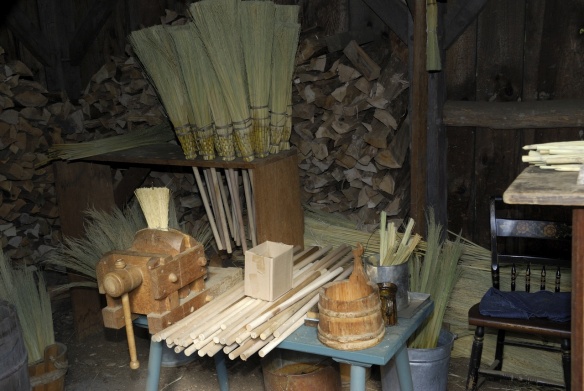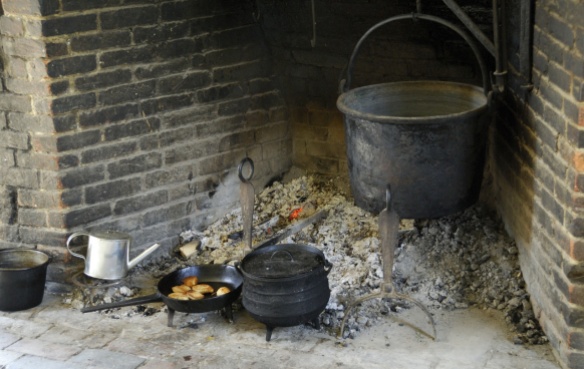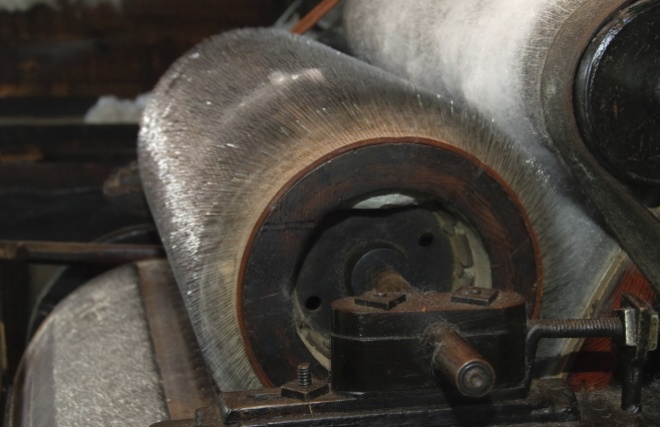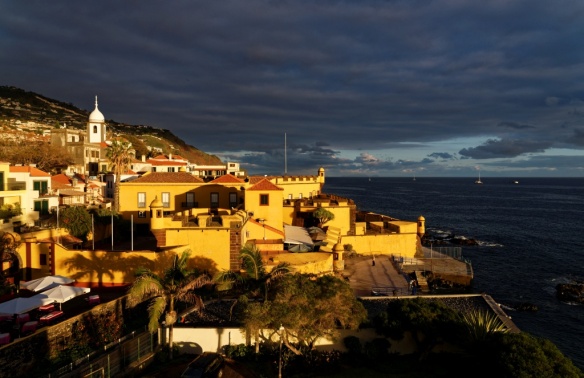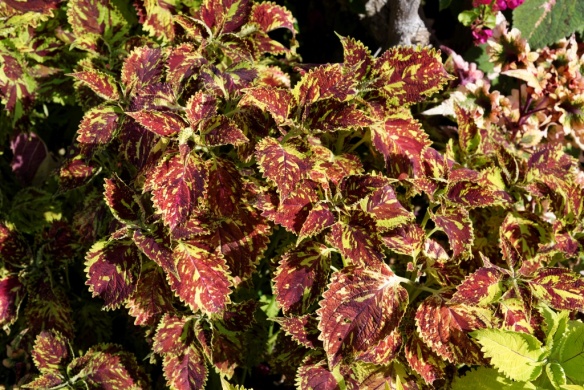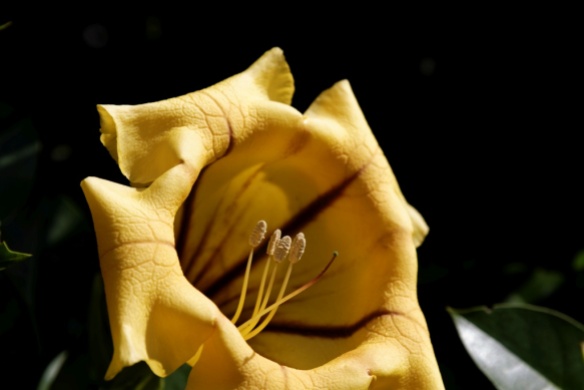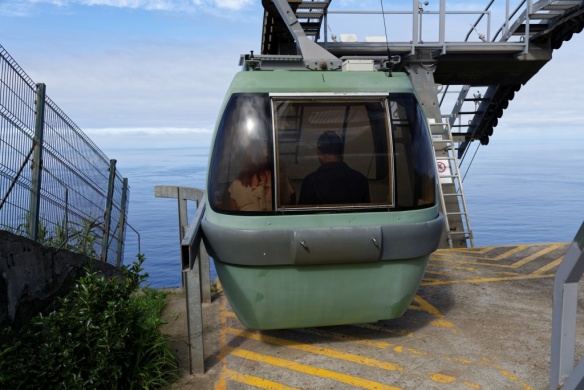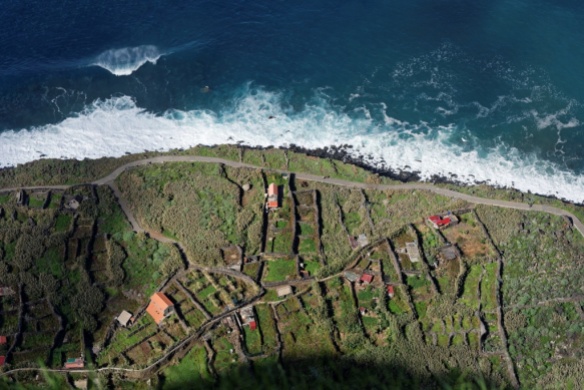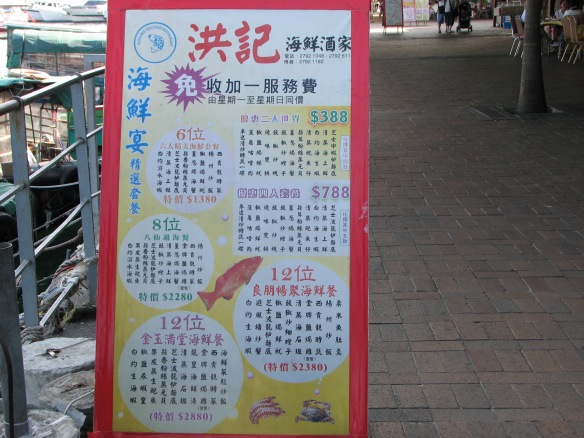
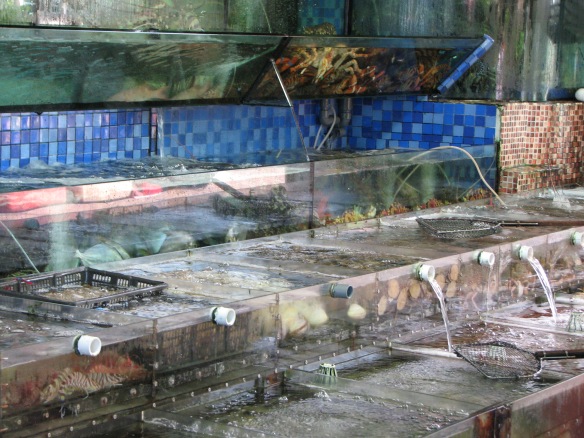 My father was a fisherman. If you grow up in the house of someone who takes his fishing seriously, you learn to love fish.
My father was a fisherman. If you grow up in the house of someone who takes his fishing seriously, you learn to love fish.
Or not.
Although I can’t imagine that scenario.
My childhood was filled with family camping trips where brook trout, large and small mouth bass, sunfish, perch and blue gills filled the menu. This is one of the only times I was glad I don’t have brothers, because my sisters and I got to fish with Bobbo. Now I’m not saying a son would have been his sole fishing companion, but in all likelihood that would’ve been one of their bonds. As it was, one girl rowed the boat while Bobbo and the others cast lines off the back. If we all hiked in to a back pond in the Adirondacks, one of us floated on the second, mini inflatable raft and did her own fishing.
When everyone moved away and established adult lives, visits to see Mom and Bobbo always included a meal of fish. I remain unspeakably moved that my father began to freeze the fish he caught, making sure there’d be enough when everyone came home for the holidays. Every family has its own food traditions. For the Campbells, one of the best is fish for breakfast. The simplest and best of recipes, whether prepared over a campfire or on the stove in your fancy kitchen is: Fry some bacon until crisp. Dredge trout in seasoned corn meal. Fry the fish in the bacon drippings. Serve with the bacon, scrambled eggs, Sandy’s coffee cake or toast with jam (preferably homemade by somebody you know and love), mugs of hot coffee and glasses of juice.
Trust me. I expect to eat this meal in Heaven.
Flash forward to my recent trip to visit my sister Pam in China’s New Territories.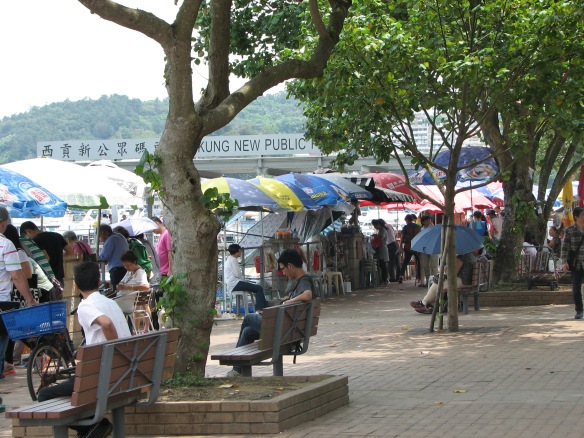
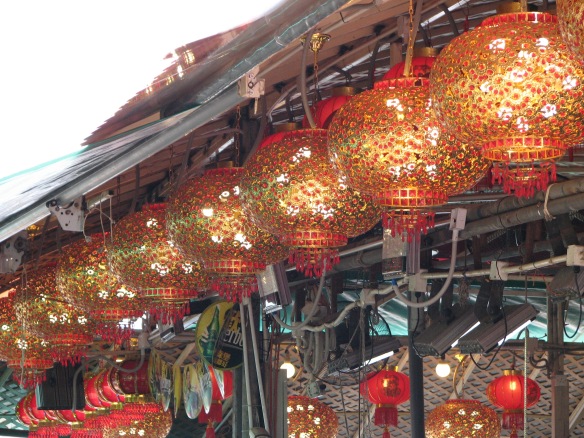
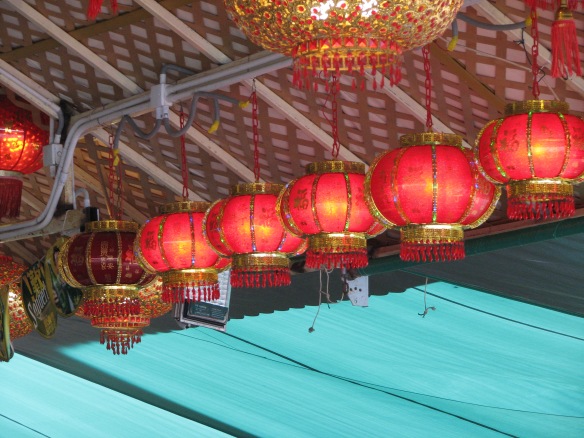 The town of Sai Kung receives lots of weekend day trippers from Hong Kong who come for the green scenery and the quieter pace. And to eat, because Sai Kung’s waterfront is lined with restaurants.
The town of Sai Kung receives lots of weekend day trippers from Hong Kong who come for the green scenery and the quieter pace. And to eat, because Sai Kung’s waterfront is lined with restaurants.
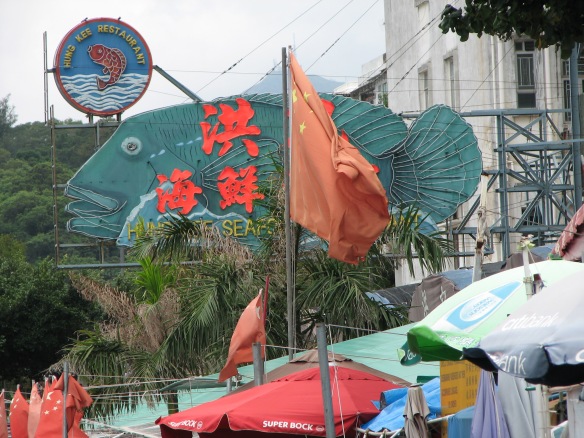 Almost all of them keep live fish and crustaceans in tanks out in front.
Almost all of them keep live fish and crustaceans in tanks out in front.
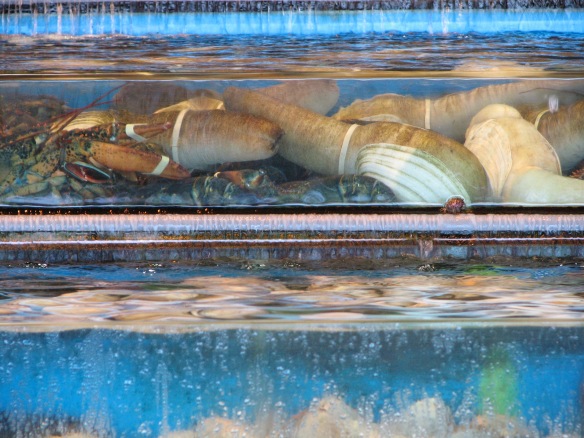 Customers bring their own catch and pay a fee to have it prepared based on weight, or you can select the seafood of your choice. The restaurant will prepare it steamed with ginger, cooked with soy sauce and scallions, or deep fried and served with a sweet and sour sauce.
Customers bring their own catch and pay a fee to have it prepared based on weight, or you can select the seafood of your choice. The restaurant will prepare it steamed with ginger, cooked with soy sauce and scallions, or deep fried and served with a sweet and sour sauce.
Pam and I sat down at an outdoor table to order. The waitress had us follow her over to the live tanks and we chose snapper.
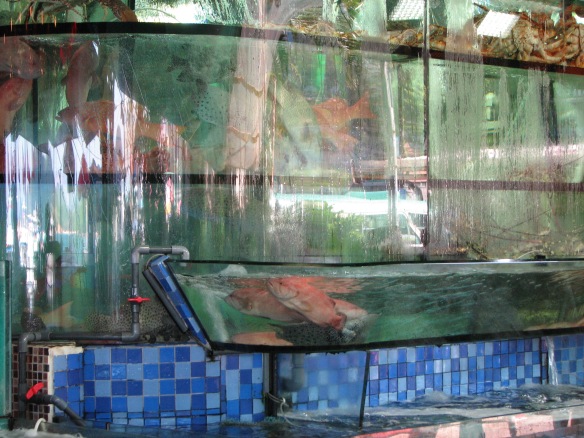
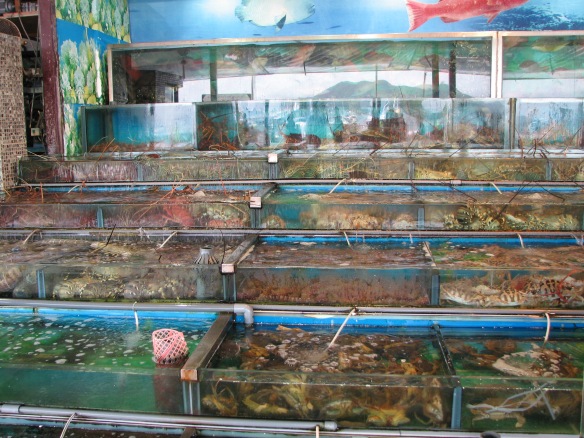 Choosing our meal was more intimidating than it sounds. Some of the fish were ridiculously huge. How much would our fish cost? She eyeballed it and announced, 450$HK, plus the fee to prepare it. Not cheap.
Choosing our meal was more intimidating than it sounds. Some of the fish were ridiculously huge. How much would our fish cost? She eyeballed it and announced, 450$HK, plus the fee to prepare it. Not cheap.
 What if a group of customers came in and ordered a one hundred pound fish? What would that cost? Could the cooks prepare it whole? Just how big a fish can a deep fat fryer hold, anyway?
What if a group of customers came in and ordered a one hundred pound fish? What would that cost? Could the cooks prepare it whole? Just how big a fish can a deep fat fryer hold, anyway?
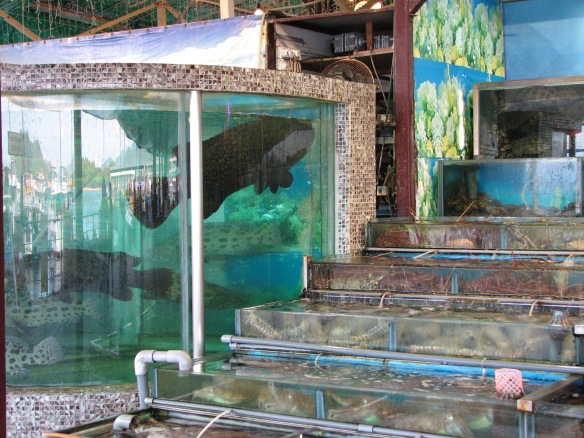 A short time later a man brought out our fried snapper. He gave us a few seconds to appreciate its sizzling and then upended a plate of sweet and sour sauce. The sauce contained bright, chewy, sweet strips that we finally identified as preserved citrus peel. True daughters of a fisherman, we stripped that fish carcass clean.
A short time later a man brought out our fried snapper. He gave us a few seconds to appreciate its sizzling and then upended a plate of sweet and sour sauce. The sauce contained bright, chewy, sweet strips that we finally identified as preserved citrus peel. True daughters of a fisherman, we stripped that fish carcass clean.
It was good…. but.
Pam and I agreed. Our father’s fish were better.
NOTES: Photos Copyright © 2015 Jadi Campbell. All photographs can be enlarged by simply clicking on the images. Uwe’s photos of our earlier trips to Hong Kong and mainland China and his photography may be viewed at viewpics.de.

